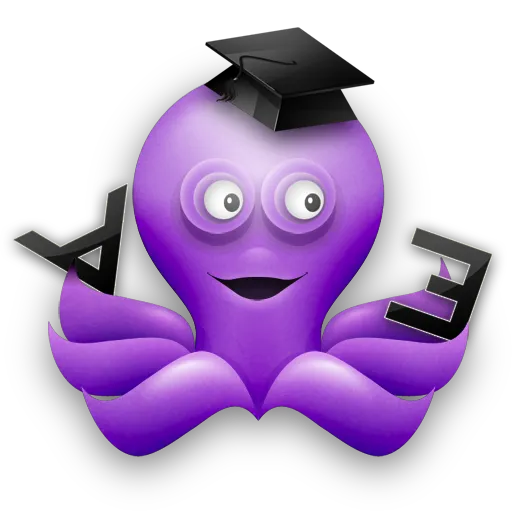Course Outline
Introduction to Computer Science 1: Programming and Computer Science

Introduction to Computer Science 1: Programming and Computer Science

| Professor | Dr K Darcy Otto |
| Title | Introduction to CS 1: Programming and Computer Science |
| Code | CS 2139 |
| Credits | 4 |
| Term | Fall 2025 |
| Times | Mon/Thurs 10h00–11h50 |
| Location | Dickinson 239 |
| Delivery | Fully in-person |
| Contact | |
| Office Hours | Mon/Thurs 13h00-14h00, or by appointment |
Have you ever imagined speaking in the language of computers, and transforming your ideas into actions that computers can perform? This course is a gateway to discovering the art and science of program design, a skill that serves as the backbone of computer science. But computer science transcends mere program design. Our actual aim is to nurture your ability to think like a computer scientist.
Computer scientists approach and solve problems using computational thinking. This is an important ability in the modern age. No prior programming experience is necessary, making this course an ideal starting point for anyone wanting to venture into the realm of computer science, including those from liberal arts backgrounds who want to explore the interplay of technology and society.
This course will introduce you to foundational concepts such as program design, intervals, data structures, functions, and function composition using the Racket language. These topics serve as the building blocks for computer science, and prepare the way for more advanced topics in the field. Through your exploration, you will not only learn to distinguish what computer science offers as a field, but also gain valuable insights into the concepts that are driving innovation and transforming our world.
This course is followed by Introduction to Computer Science 2: Algorithms and Application.
| Midterm | 35% | Comprehensive |
| Final Examination | 45% | Comprehensive |
| Engagement | 20% | Participation, Exercises |
Midterm and Final Examination: Both tests will cover everything we’ve discussed in class and read about. You’ll see conceptual questions, design challenges, and programming problems.
Engagement: Your engagement grade comes from completing exercises on time, active participation, and showing up regularly. The exercises are drawn from our readings, and are listed on the class schedule.
We use Racket in this course because it stands in the tradition of languages like Lisp and Scheme: languages created to explore the deepest ideas of computer science, not just to follow industry trends. Learning Racket is like learning the piano instead of just memorizing a song. It teaches you about computation at the most fundamental level. As Paul Graham argued in Beating the Averages, using a language with the expressive power of Racket changes how you think, because it gives you conceptual tools you wouldn’t otherwise have. At the same time, Racket is practical: it has a gentle learning curve, an excellent development environment (DrRacket) with superb documentation, and emphasizes clarity of thought.
Download Racket from here. There are versions for all modern Macs, Linux machines, and Windows. The file name will look something like:
racket-8.x-aarch64-macosx-cs.dmg on an Apple Silicon Macracket-8.x-x86_64-macosx-cs.dmg on an Intel Macracket-8.x-x86_64-win32-cs.exe on a PCracket-8.x-x86_64-linux-cs.sh on LinuxInstall Racket: On a Mac, open the .dmg file and drag the Racket folder to Applications. On a PC, run the .exe installer and follow the prompts. On Linux, open a terminal and run: sh racket-8.x-x86_64-linux-cs.sh.
Start DrRacket: On a Mac: this is in the Racket folder of your Applications list. If your computer complains that DrRacket is not from a “trusted developer,” go into the Finder, then Applications, right-click DrRacket, and click “Open” to bypass this. You only need to do this once. On a PC: this is in the Racket folder of your Applications list. On Linux: after installation, you can usually start DrRacket from your Applications menu. If not, open a terminal and run: drracket &
Lab computers in Dickinson have DrRacket pre-installed, if you prefer not to install it on your personal machine. You can also use them as a backup if your installation runs into problems.
Artificial intelligence can generate code, but it cannot decide what problems are worth solving, nor judge whether a solution is effective, ethical, or just. Computer science is less about mastering tools than about cultivating the habits of mind that let us interpret, understand, and evaluate. It asks how abstractions shape systems, how systems shape society, and how we might imagine technology serving human flourishing rather than undermining it. To study CS is therefore not only to learn how machines work, but to engage in broader questions about seeing clearly, reasoning correctly, and imagining responsibly in a world increasingly shaped by computation.
An overarching objective of this course is to help you develop as a student of the liberal arts. True students of the liberal arts are able to reflect on the context in which they live, and reason about what it means to live a meaningful and happy life. Thus, they are able to be more than just children of their own time. But this means we must be willing to put our ideas to the test, see our own errors, and develop intellectual courage and humility. It also helps not to take ourselves too seriously.